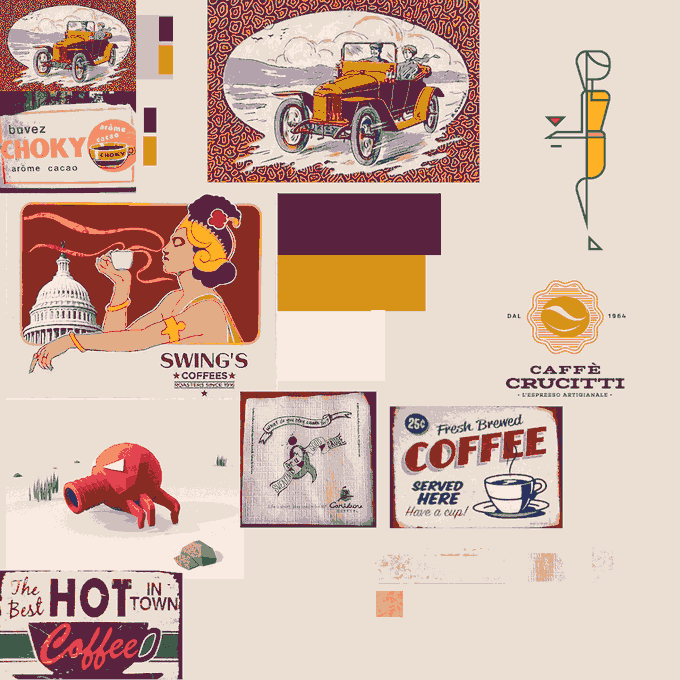


haha jpeg compression murdered that image. here’s the hex codes.
kopi-8
#872b23
#ffb126
#3a782d
#e34550
#2c3260
#b3a2ac
#e0d1cf
#f9ebe2
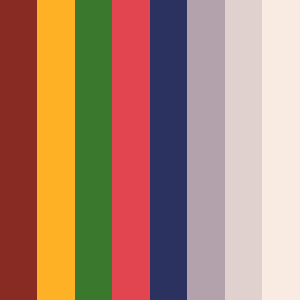
kopi-16
#d79318 = 2 × #3a782d + 4 × #e34550 *6 × #ffb126
#f48e69 = #e34550 + #ffb126
#bf2f3a = #872b23 + #e34550
#592340 = #872b23 + #2c3260
#405a4a = #3a782d + #2c3260
#7d8976 = #3a782d + #b3a2ac
#e2ac87 = #ffb126 + #b3a2ac
#cfc0be = #e0d1cf + #b3a2ac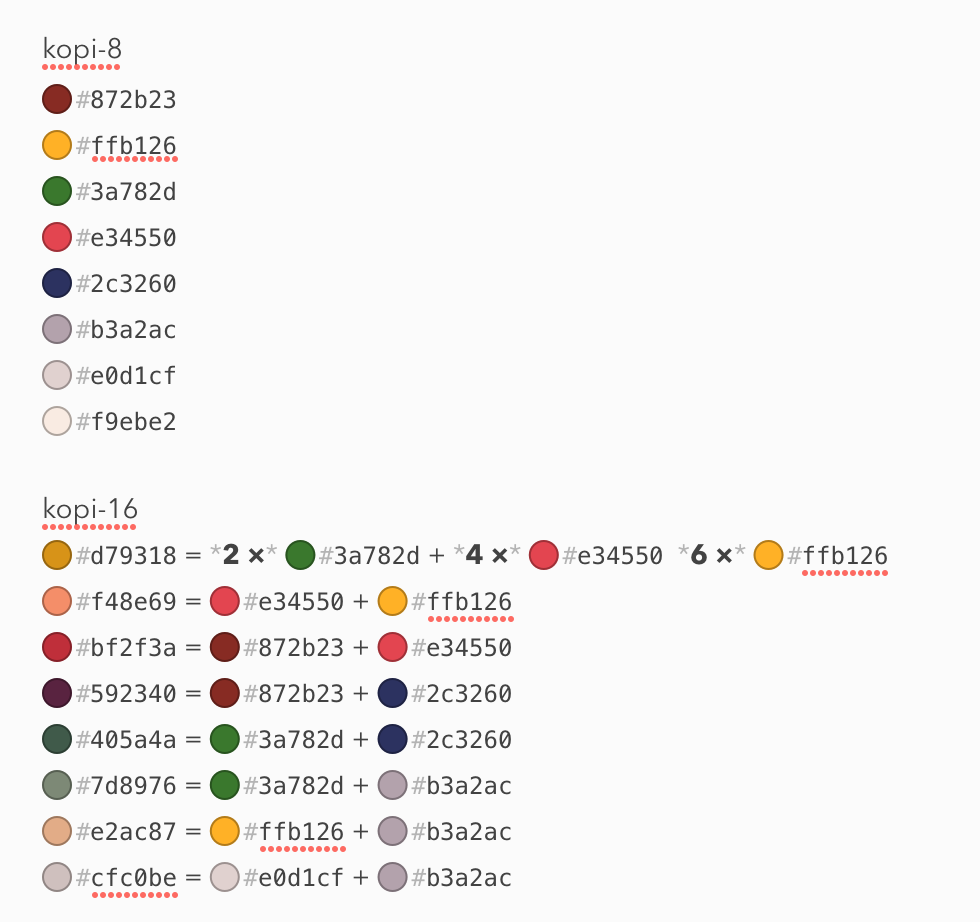
what would be really awesome is if i could get aseprite to exactly translate these colors into my elected dither patterns. then i could compress images first to 16, then to the 8 using exact patterns.
the kopi-8 fantasy console huh! i have my ideas about what this would be. but, starting with this 8/16 color palette, and do YOU think this coffee themed virtual machine would be like? (not java). how would it be different from all the others? would coffee spill based artwork be involved somehow?
kopi is actually the name of a programming language that I have been failing to build due to my lack of skill at writing parsers.
the essence of kopi is that it is a “pure” language containing only expressions. no statements, no side effects. It is a pure espresso language. programs written in kopi are “shots”. any input that it takes must be given to it from the outside. any side effects that result from its evaluation must be done externally by reacting to whatever value kopi produces
in functional parlance, kopi is single origin, artisanal, no sinks. just filtered goodness. That might sound like it cannot do much. but like any embedded language, its capabilities are really only limited by the environment you choose to expose it to.
my aim is for kopi’s syntax to be a superset of json, with some additional operators added on. in this way, it is extremely similar to JQ. though, my issue with JQ is it doesn’t make enough sense to me to remember how it works between sessions without consulting the documentation.
like jq though, its primary “mode” is to take some data from the outside, transform or filter it in some way, and produce some new output value.
how the heck are you supposed to write a game with a pure expression? it’s a good question, and a lot of it depends on the game engine frame you put a kopi shot into. a fantasy console is going to expect your code to be in the form of a “fold” aka a “reduce” function. a fold function takes two arguments as input, the past and the present, and returns the future as its result. this gets called 60 times per second (or whatever step size) and each step, the returned future becomes the new past.
it might seem crazy or wasteful to write a whole game this way, and maybe it is. but it can be done! what?! no mutation?!! noooooo my precious.
so, here’s the even crazier part.
i wanna compile kopi to 6502 machine code.
thoughts so far? i could go into more detail about what’s in kopi, but to be honest i want my hermity insulated brain to be challenged.
so ihave a favourite resolution. what happens if you take the 256x240 resolution of NES and SNES and clip to a 16:9 aspect ratio? 256x144 pixels. that’s the same height as the gameboy games, which could in turn be widened to 256x144. plus 256 and 144 are my two fave numbers.
what would a coffee themed music chip be like? would it be pan flutes and bass guitars? does a guy in a beret read poetry over the top of it?
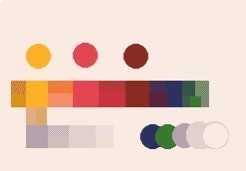
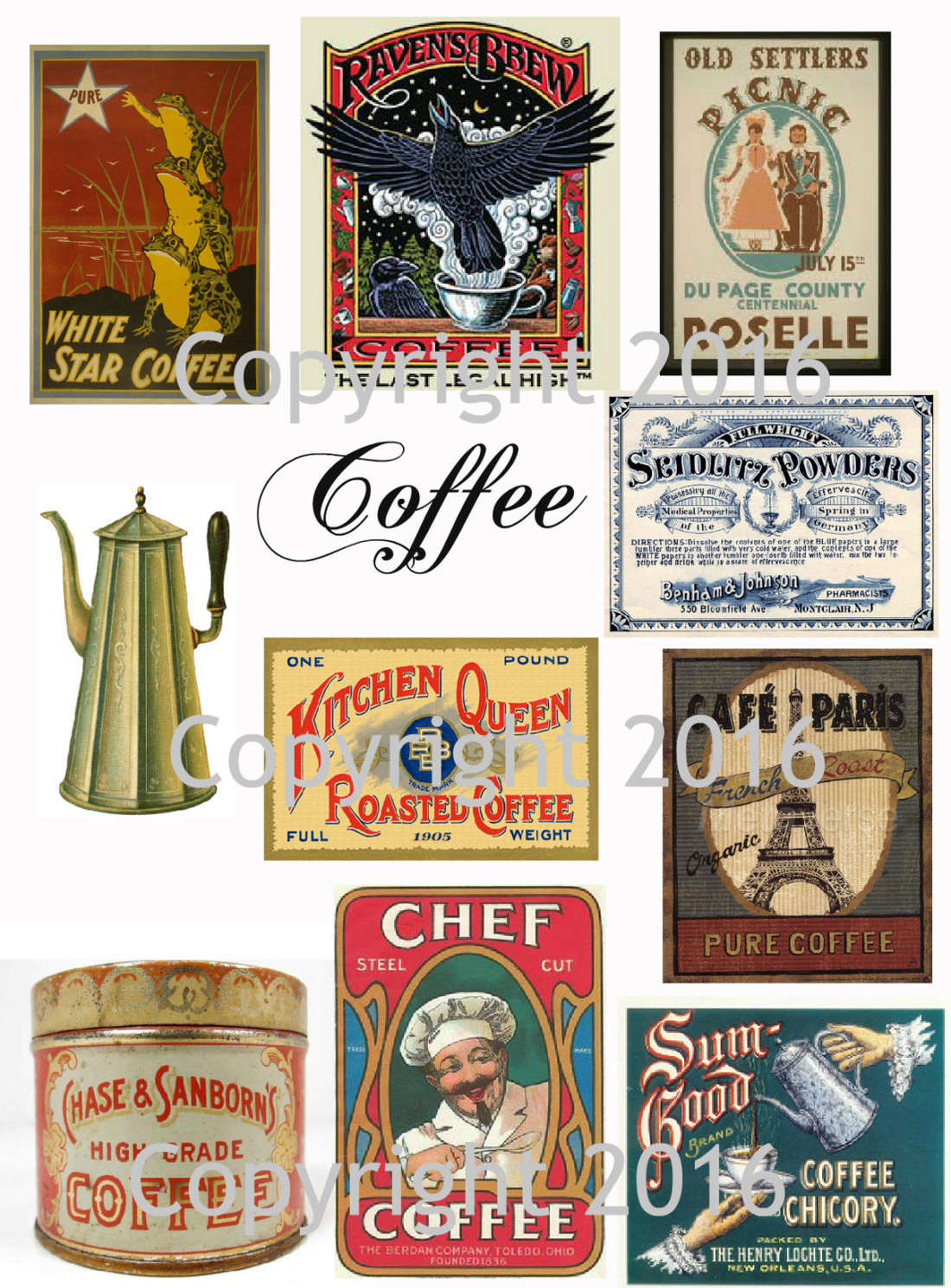

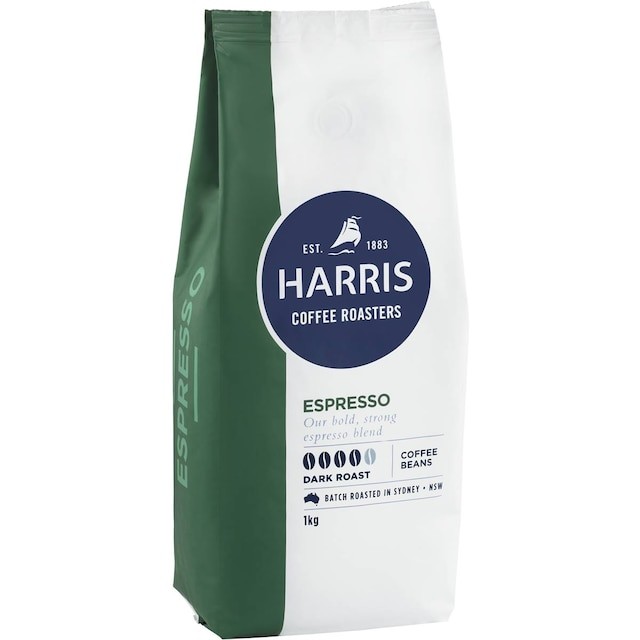
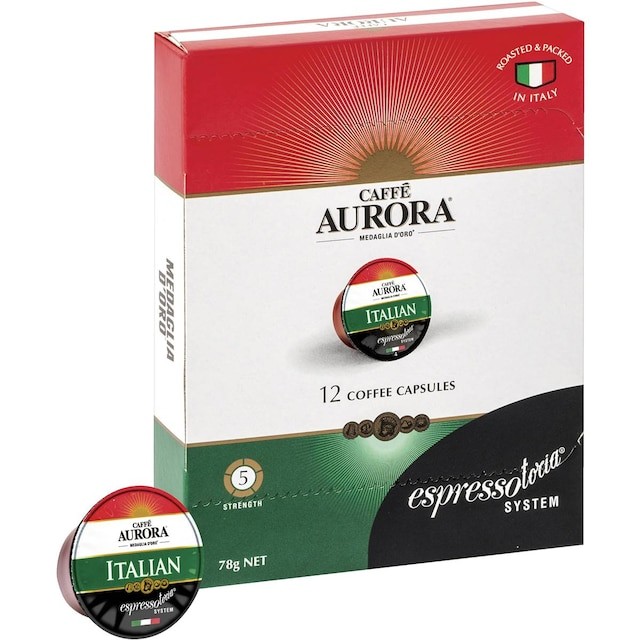
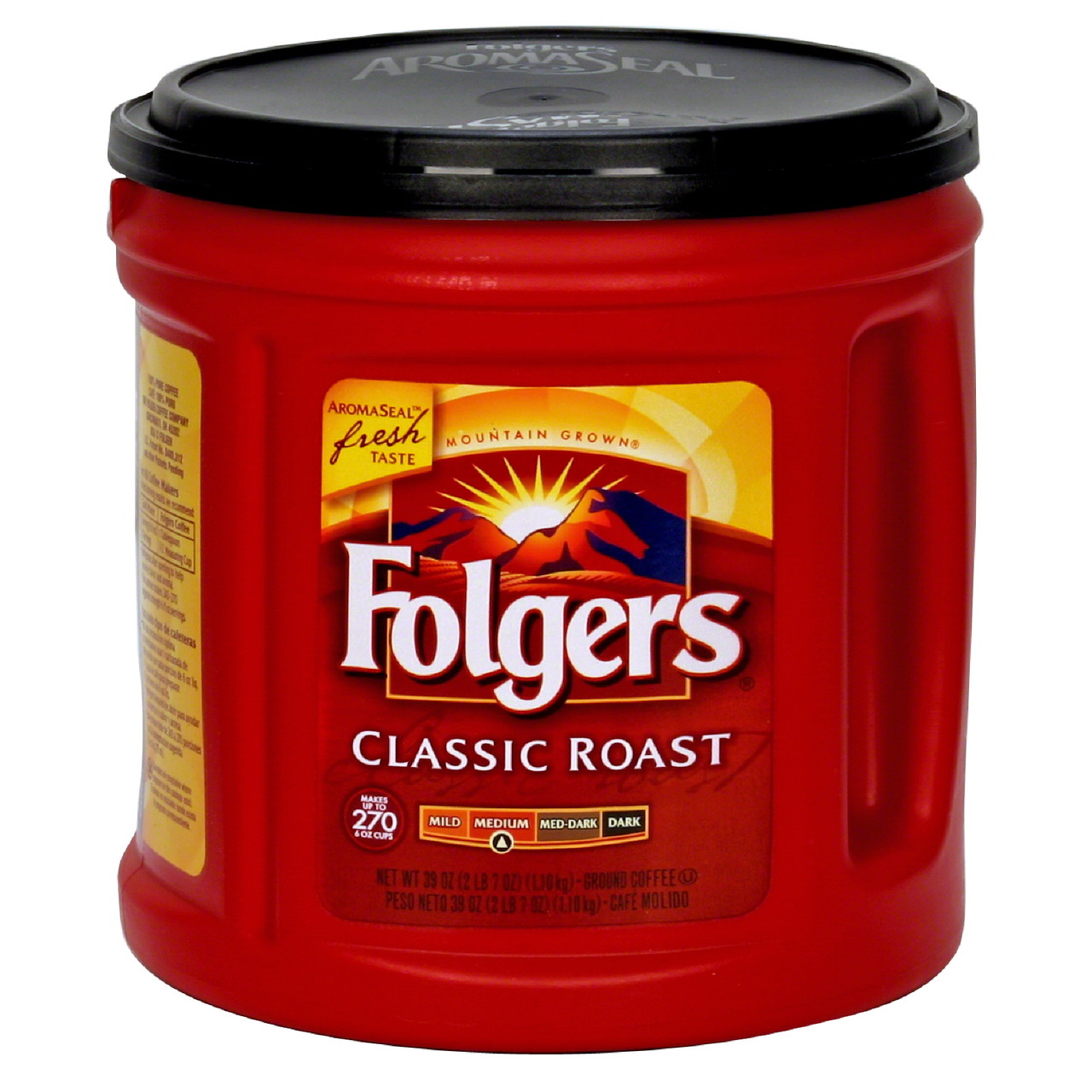

my kopi palette doesn’t have a pure black or pure white. those do show up, but rarely enough for me to think i don’t really need to include them

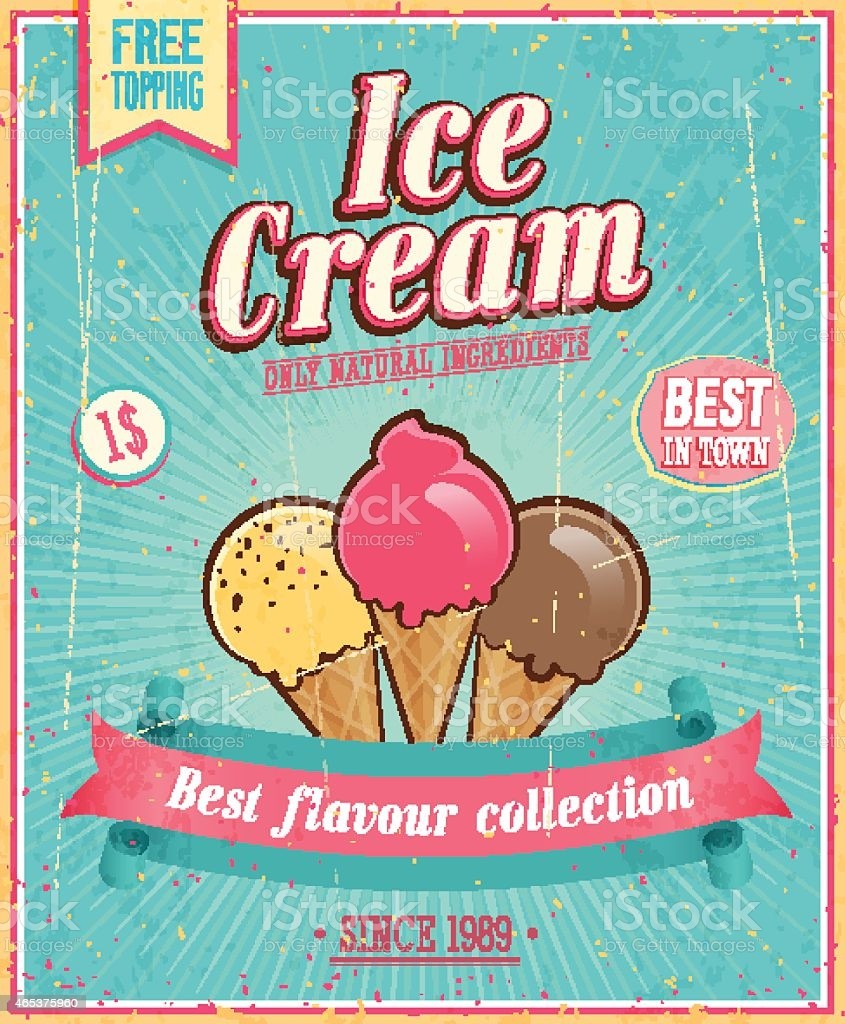
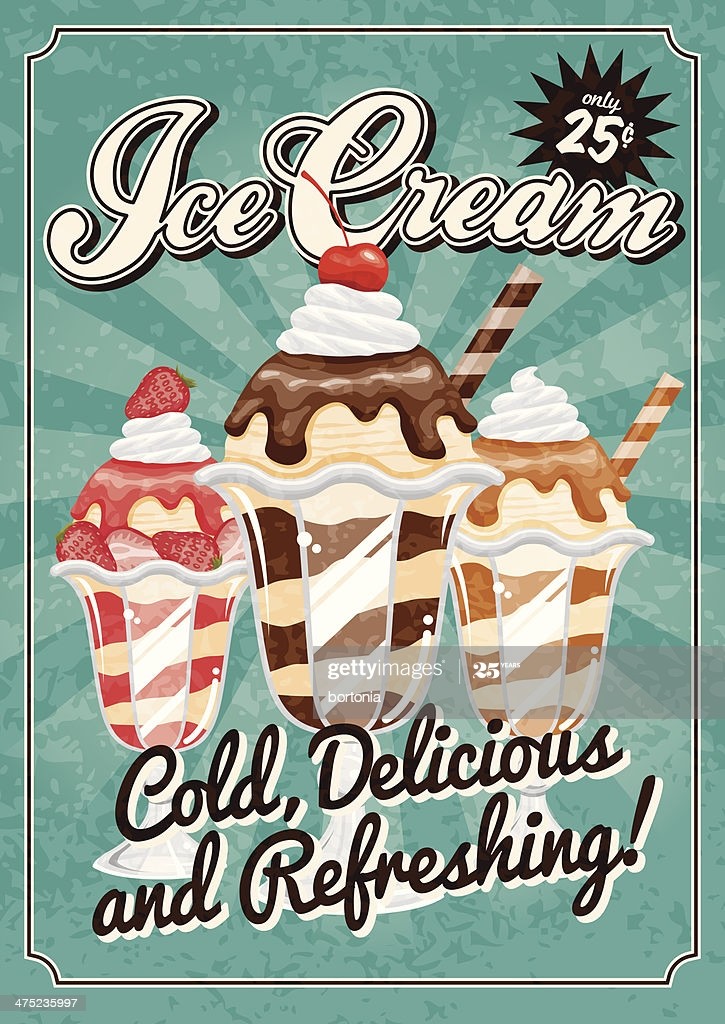
in the coffee alchemy website we see a list of coffee logos that mostly stick to the kopi palette
including one for “hairy chest” with a light blue. i suppose … that it is achievable with a half tone of the navy blue.
https://coffeealchemy.com.au/collections/all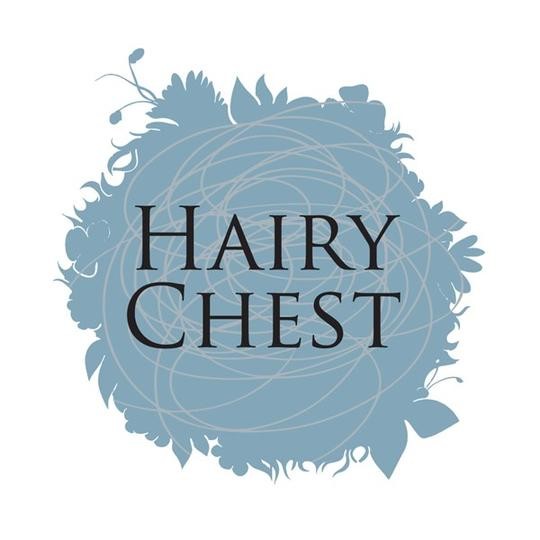
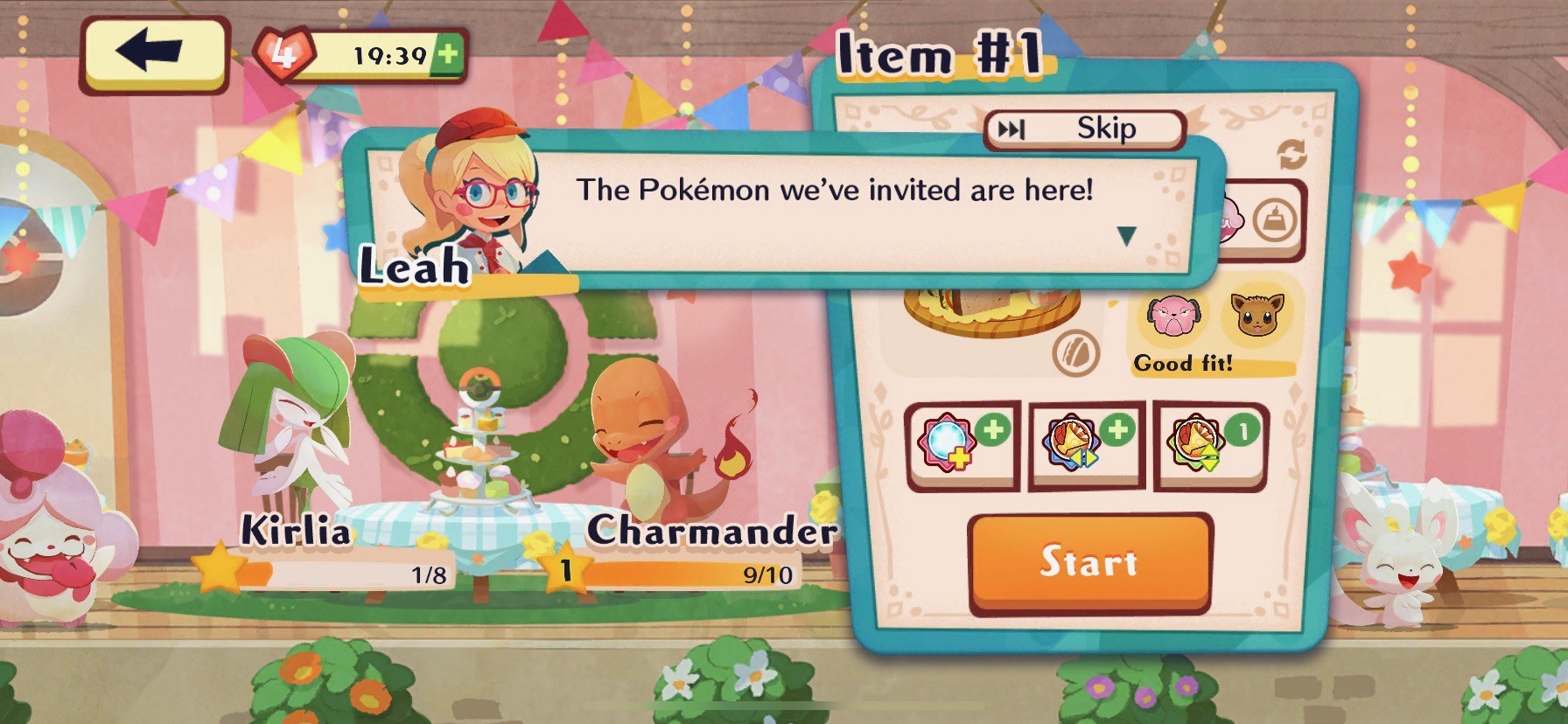
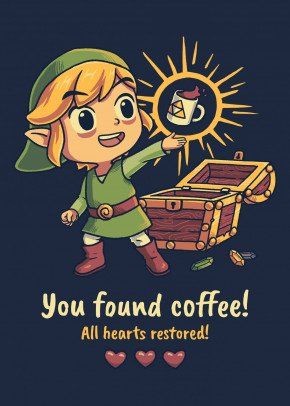
Hah, it would appear someone else has converged on an EXTREMELY SIMILAR palette to kopi, but based on “70’s zines” https://lospec.com/palette-list/70s-zine
@zensaiyuki To me, fairly heavy drone metal. But that’s more about my relationship with coffee, Caffeine O)))
@grumpysmiffy a lot of music boxes are possible, one wonders why 1980’s arcades so limited themselves to bleeps and bloops. consoles with BOM’s i get. but they could have put an amp in an arcade machine and put strings on pickups or build all kinds of rad tooth rattling machines.
@zensaiyuki Ughughugh, I would SO love to have the resources to build something like that. Fascinated by musical boxes, fairground organs, player pianos…
I could do it, but would have to be funded to do so, because I don’t have the spoons to have hobbies that extend beyond simple design.
@zensaiyuki Mustard yellow could be one of the range of colours that occur in crema.
@grumpysmiffy and navy blue is a pretty good complementary to that